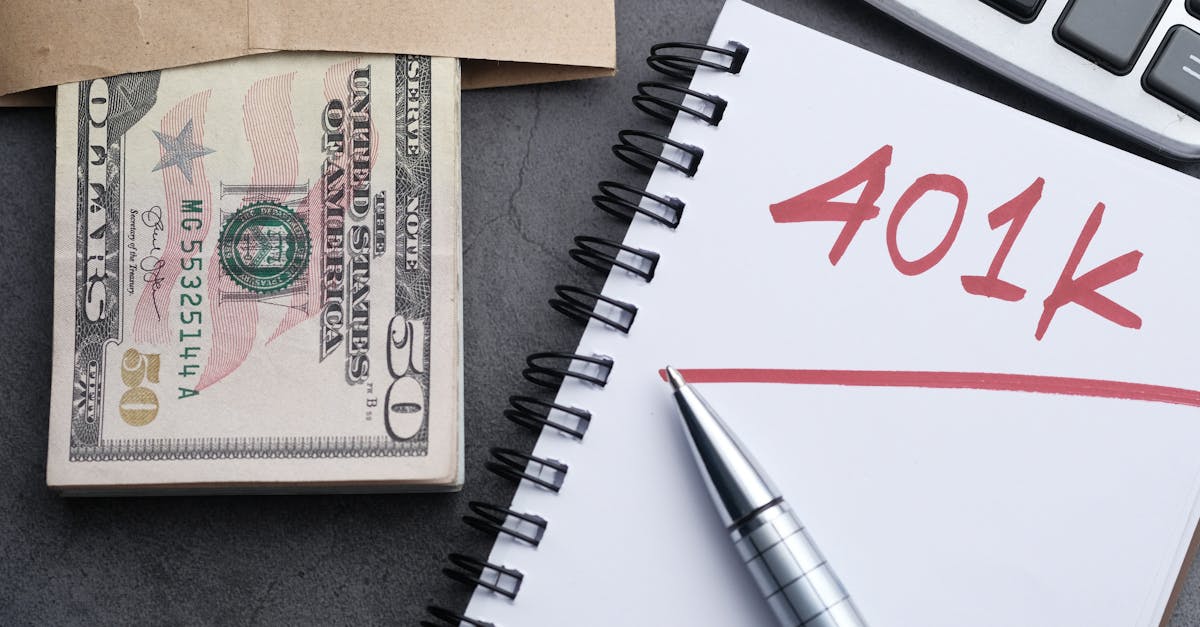Understanding Bank CD Rates
Introduction
Certificates of Deposit (CDs) are widely recognized as safe investment options offered by banks. Investors are paid interest for parking their money for a fixed term. Understanding CD rates can significantly affect your money management strategy.
Advertisement
What are CD Rates?
CD rates refer to the annual percentage yield (APY) that banks pay on the money held within a Certificate of Deposit account. These rates fluctuate based on several economic factors. The appeal of CDs lies in their promise of fixed returns with minimal risk.
Advertisement
How CD Rates Work
When you open a CD, you agree to deposit a specific amount for a set term, such as six months to five years. The bank pays interest, typically higher than a standard savings account, upon maturity. Withdrawing early might incur a penalty, reducing the potential gain.
Advertisement
Factors Affecting CD Rates
Several factors influence CD rates, including the duration of the term, the current economic climate, and the bank's policy. Longer terms often offer better rates, while periods of economic growth tend to yield higher returns. Comparing rates across banks is crucial in securing the best deal.
Advertisement
Benefits of CD Investments
CDs offer predictability, as the rate remains fixed throughout the investment period. They are insured up to $250,000 by the FDIC, making them safe investments. Additionally, they provide better returns compared to typical savings accounts, all while requiring little effort from the investor.
Advertisement
Types of CDs
Beyond traditional CDs, various types can suit different financial goals. For example, bump-up CDs allow one rate increase during the term, while no-penalty CDs offer easier access to funds before maturity. Choosing the right type can align better with your financial needs.
Advertisement
Strategies for Maximizing CD Returns
Staggering or laddering CDs is a popular strategy. This involves investing in multiple CDs with different maturities. As each matures, you can reinvest it into a longer-term CD, optimizing the yields over time. Regularly reviewing rates ensures you leverage favorable market conditions.
Advertisement
Tax Implications of CD Earnings
Interest earned on CDs is considered taxable income in the year it's earned. It's crucial to account for this in tax planning, as it can affect your overall tax bracket. Consulting with a tax advisor can provide strategies to minimize tax burdens on CD earnings.
Advertisement
Choosing the Best CD Option
When selecting a CD, consider your liquidity needs, interest rate forecasts, and investment goals. It's essential to compare offers across various banks and credit unions. A good rate today might not be favorable tomorrow, so market awareness is key.
Advertisement
Conclusion
By understanding CD rates and the associated terms, you can make informed decisions about your savings strategy. CDs offer a secure way to grow wealth with predictable returns. As with any financial products, careful consideration and planning ensure you select the option that best meets your goals.
Advertisement







